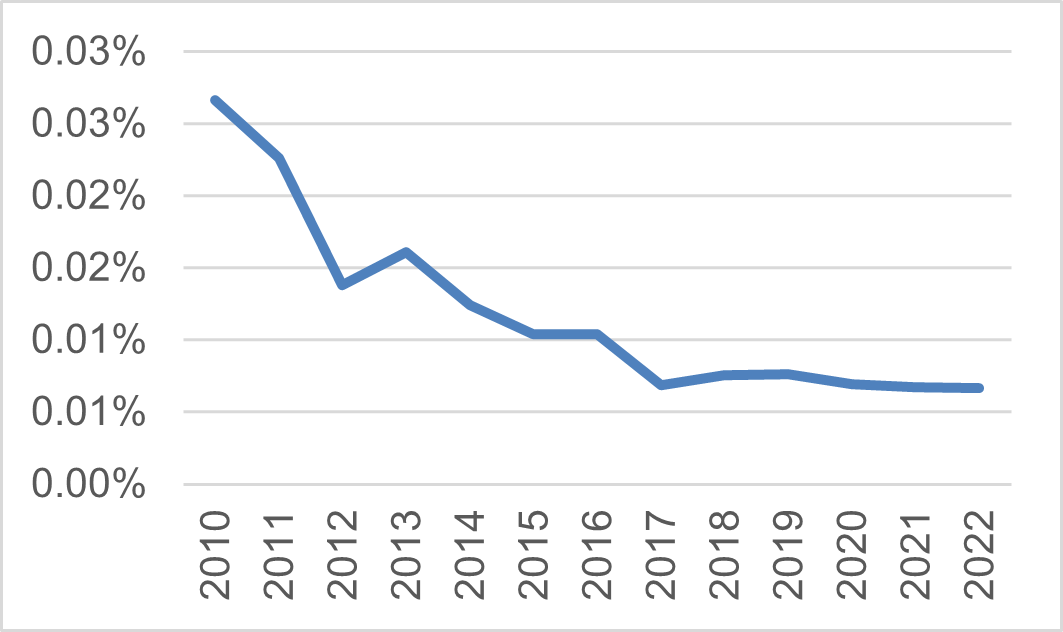
A recent report from Citi Global Insights examines one of the biggest questions of the moment: Will Generative AI’s rapid deployment lead to job losses, or could it actually give rise to new employment opportunities?
One of the biggest worries around AI’s ruse is the risk to jobs. It’s clear that some hard questions need urgent answering.
Is a jobs doom inevitable, or are the fears of technological unemployment overplayed? Clearly this has significant implications for employees, employers, and policy makers.
And it’s a question that lies at the heart of a new report that extends Citi’s series on the impact of AI on Human Capital (Management).
The genesis of the report by Citi Global Insights, entitled “AI Doom or Boom for Jobs?” was a seemingly throw-away question post Citi’s Unleashing AI GPS report last year that asked if developments in Generative AI and Low/No Code meant that coders were coding themselves out of jobs.
If so and AI professionals could be automated, what chance for other workers?
Chart showing that while data science jobs have risen steadily in recent years, not all data jobs have increased in tandem
Data Scientist Jobs - All Companies
 Source: Citi Global Data Insights, Linkup
Source: Citi Global Data Insights, Linkup
Developer Jobs - All Companies Database
 Source: Citi Global Data Insights, Linkup
Source: Citi Global Data Insights, Linkup
Chapter 1 of the full report explores this to conclude that despite dramatic productivity improvements, AI talent should be just fine.
Chapter 2 looks at the risk of substitution in other job categories. These risks often get headlines, but digging beneath the surface the data and experts often don’t agree with each other.
Which Jobs Are More Exposed to AI?
© 2024 Citigroup Inc. No redistribution without Citigroup’s written permission.
Source: Citi Global Insights, The Future of Jobs Report 2023, World Economic Forum, The Future Of Employment: How Susceptible Are Jobs To Computerisation?, Frey & Osborne, GPTs are GPTs: An Early Look at the Labor Market Impact Potential of Large Language Models, Eloundou, Manning, Mishkin, Rock
Even when they do, a critical factor usually is left out – elasticity of demand, with lower prices leading to hiring even more workers.
So, if some jobs at risk from AI such as coders or teachers may be OK, Chapter 3 examines the Doom arguments. It is different this time, in the pace, breadth, and magnitude of change. The capital and innovation taking place in AI is so significant the fear is it will be difficult for humans to keep up. This comes at a time when the trend towards digital labour has inflected up in a ‘Third Phase of Globalisation.’ Together these create ‘square work waves’, with challenging under-currents and additional negative digital derivatives for the world of work.
Chapter 4 then examines some of the arguments supporting a potential Boom ahead for jobs, including: ‘Abundance’; a productivity and growth inflection; the growth of new jobs; ingenuity; demographics; or how change is often incremental. It also looks at the upskilling bridge between old and new; the fact that workers can vote for the future they want; and the notion that Boom can be reframed to mean better jobs, less working hours and more positive engagement.
The conclusion and what to do...involves proactivity. In short it says that we can tilt the chances to a boom, over doom, for jobs if we can have robust discussion and action. If so, the report says, we can be “optimists with agency and urgency”.
For more information on this subject, if you are a Velocity Subscriber, please see the full report here AI Meets Human Capital (Management) Part 3 - AI Doom or Boom for Jobs? (2 Feb 2024)
Citi Global Insights (CGI) is Citi’s premier non-independent thought leadership curation. It is not investment research; however, it may contain thematic content previously expressed in an Independent Research report. For the full CGI disclosure, click here.



